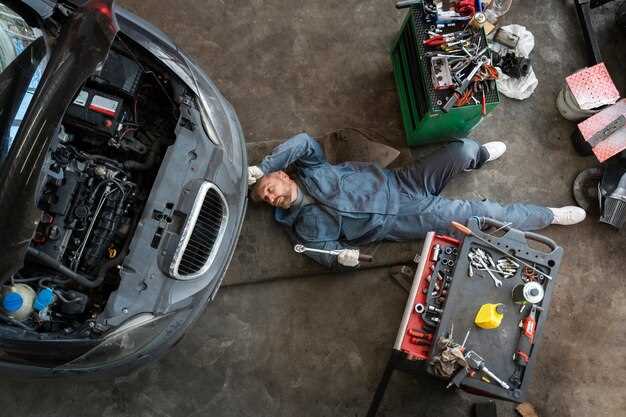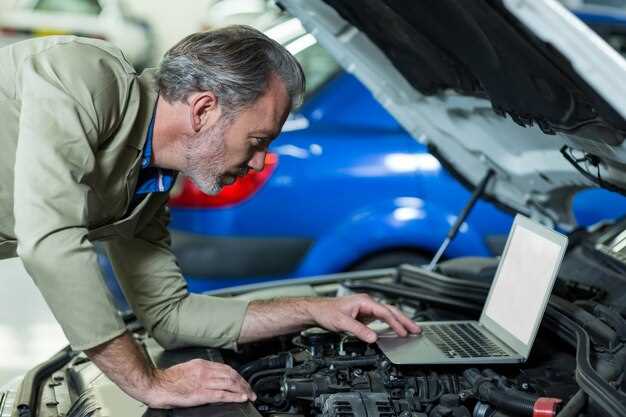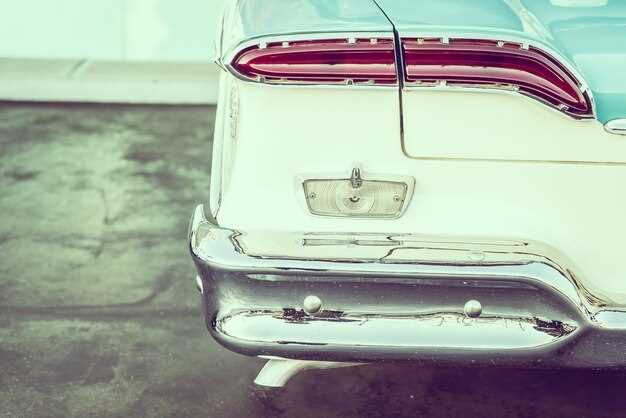
For classic car enthusiasts, the allure of vintage vehicles often comes with a set of unique challenges, particularly when it comes to electrical systems. The wiring and components in these cars can be decades old, which can lead to various issues that may perplex even the most seasoned mechanics. It is essential to understand these common electrical problems in order to maintain and enjoy your classic car to its fullest potential.
One of the most frequent issues faced by owners of classic cars is faulty wiring connections. Over time, corrosion can develop, causing poor contact and intermittent failures in systems such as lighting, ignition, and charging. Another prevalent problem is dead batteries, often attributed to outdated technology or simply a lack of use, which can lead to sulfation and reduced capacity. These issues not only hinder the performance of the vehicle but also pose risks if not addressed promptly.
Identifying and resolving these electrical problems requires a thorough understanding of the car’s wiring diagram, as well as access to the appropriate diagnostic tools. This article will delve into the most common electrical problems encountered in classic cars, detailing both the symptoms and effective solutions. We will also provide guidance on preventative measures to help keep your vehicle’s electrical system in optimal condition, ensuring that your classic ride remains as enjoyable as the day it first hit the road.
Troubleshooting Battery Drain Issues in Classic Cars

Battery drain issues are a common concern for classic car enthusiasts. Aging electrical systems, combined with outdated components, can lead to unexpected power loss. Identifying the source of battery drain requires systematic troubleshooting and a keen eye for detail.
Step 1: Confirm the Battery Condition
Before diving into the electrical system, ensure the battery is in good condition. Check for any visible damage, corrosion, or loose connections. Use a multimeter to measure the voltage; a healthy battery should read around 12.6 volts or more. If the voltage is low, consider charging the battery or replacing it if it fails to hold a charge.
Step 2: Inspect the Charging System
The alternator or generator is crucial for maintaining battery charge. Start the car and check the voltage at the battery terminals. It should read between 13.5 to 14.5 volts while the engine is running. If it does not, the charging system may need inspection or repair. Pay close attention to the voltage regulator, as it can impact the charging process.
Step 3: Identify Electrical Loads
Modern vehicles have multiple systems that can draw power. However, classic cars may have less sophisticated electrical setups. Begin by turning off all electrical components such as headlights, interior lights, and radio. Use a multimeter to check for parasitic draws by disconnecting the negative battery cable and placing the meter in series between the cable and the terminal. A draw exceeding 50 milliamps may indicate an issue.
Step 4: Check for Short Circuits
Inspect the wiring harness and connections for signs of wear, shorts, or fraying. Look for exposed wires that may be touching metal parts of the car. A short circuit can create a substantial power drain. Repair any damaged wiring, and ensure all connections are tight and free of corrosion.
Step 5: Examine Accessories and Modifications
If your classic car has aftermarket modifications or accessories, these may contribute to battery drain. Check the installation of added electrical components, such as alarms, radios, or lights. Ensure they are correctly wired and not drawing power when not in use. Disconnect or temporary remove non-essential devices to see if the battery drain resolves.
Step 6: Utilize a Battery Disconnect Switch
If your classic car will be stored for extended periods, consider installing a battery disconnect switch. This simple device allows you to cut off power from the battery, preventing drains while the vehicle is not in use. It is an effective way to prolong battery life and enhance peace of mind.
In summary, addressing battery drain issues in classic cars involves verifying battery health, checking the charging system, identifying electrical loads, inspecting for short circuits, evaluating accessories, and considering a disconnect switch for long-term storage. A systematic approach can help diagnose and resolve these common electrical challenges.
Identifying and Fixing Faulty Wiring in Vintage Vehicles
Faulty wiring is a common issue in vintage vehicles, often resulting in electrical failures or unpredictable behavior. To effectively address these problems, it’s essential to systematically identify the sources of faults and implement appropriate solutions.
Start by conducting a thorough visual inspection of the wiring harness. Look for signs of corrosion, exposed wires, or damaged insulation. Pay special attention to areas where the wires may rub against metal surfaces or are exposed to heat sources, as these are prone to wear and tear. Any visible signs of fraying or discoloration should be noted, as they indicate compromised wiring integrity.
Next, test the electrical components using a multimeter. Check for continuity in the wiring by disconnecting the battery and probing both ends of the wire with the meter. A reading of zero indicates a break in the circuit, while a reading of resistance suggests a poor connection somewhere in the wiring. Verify connections at terminals and switches, ensuring that they are clean and secure, as poor connections can lead to irregular electrical performance.
If specific electrical systems are malfunctioning, isolate the circuit associated with those components. For example, if the headlights are not functioning, inspect the headlight switch and relay, along with the wiring leading to the bulbs. Reconnect or replace faulty components to restore proper functionality.
Once the faulty wiring has been identified, the next step is to repair or replace it. Use high-quality automotive-grade wire and connectors to ensure durability. When splicing wires, employ solder and heat-shrink tubing to create a secure and insulated connection. This prevents moisture ingress and enhances the longevity of the repair.
After repairs are complete, recheck the electrical systems to verify functionality. It’s advisable to conduct a thorough test drive to ensure that all electrical components operate as expected under real driving conditions.
By systematically identifying and addressing wiring issues, vintage vehicle owners can maintain the performance and reliability of their classic automobiles, preserving their value and driving enjoyment for years to come.
Restoring Functionality to Classic Car Lighting Systems

Classic car lighting systems often suffer from age-related issues, resulting in dim or non-functional lights. The first step in restoring functionality is to diagnose the problem accurately. Begin by examining the bulbs; burnout is a common issue that can be easily resolved by replacing old bulbs with new ones of the proper specifications.
Next, inspect the wiring. Over time, insulation can degrade, leading to exposed wires that create shorts or open circuits. Look for frayed wires or corrosion at connection points. If damage is found, either repair the wiring with appropriate splicing techniques or replace sections of the wiring harness as needed.
The switch contacts can also become corroded or oxidized, impacting the flow of electricity. Clean the contacts with an electrical cleaner and a soft brush, or consider replacing the switches if they are beyond repair. Pay special attention to the headlight switch, as it controls multiple circuits.
Check the ground connections thoroughly. Poor grounding is a common issue in classic cars, often resulting in flickering lights or failure to illuminate. Ensure all ground points are clean, tight, and free from rust or corrosion. Consider adding additional ground wires if necessary to improve overall connectivity.
Lastly, if your classic car uses a relay system for the lights, test each relay with a multimeter to ensure they are functioning properly. Replace any faulty relays to restore full functionality. By following these steps, you can effectively restore the lighting system of your classic car, enhancing safety and visibility on the road.
